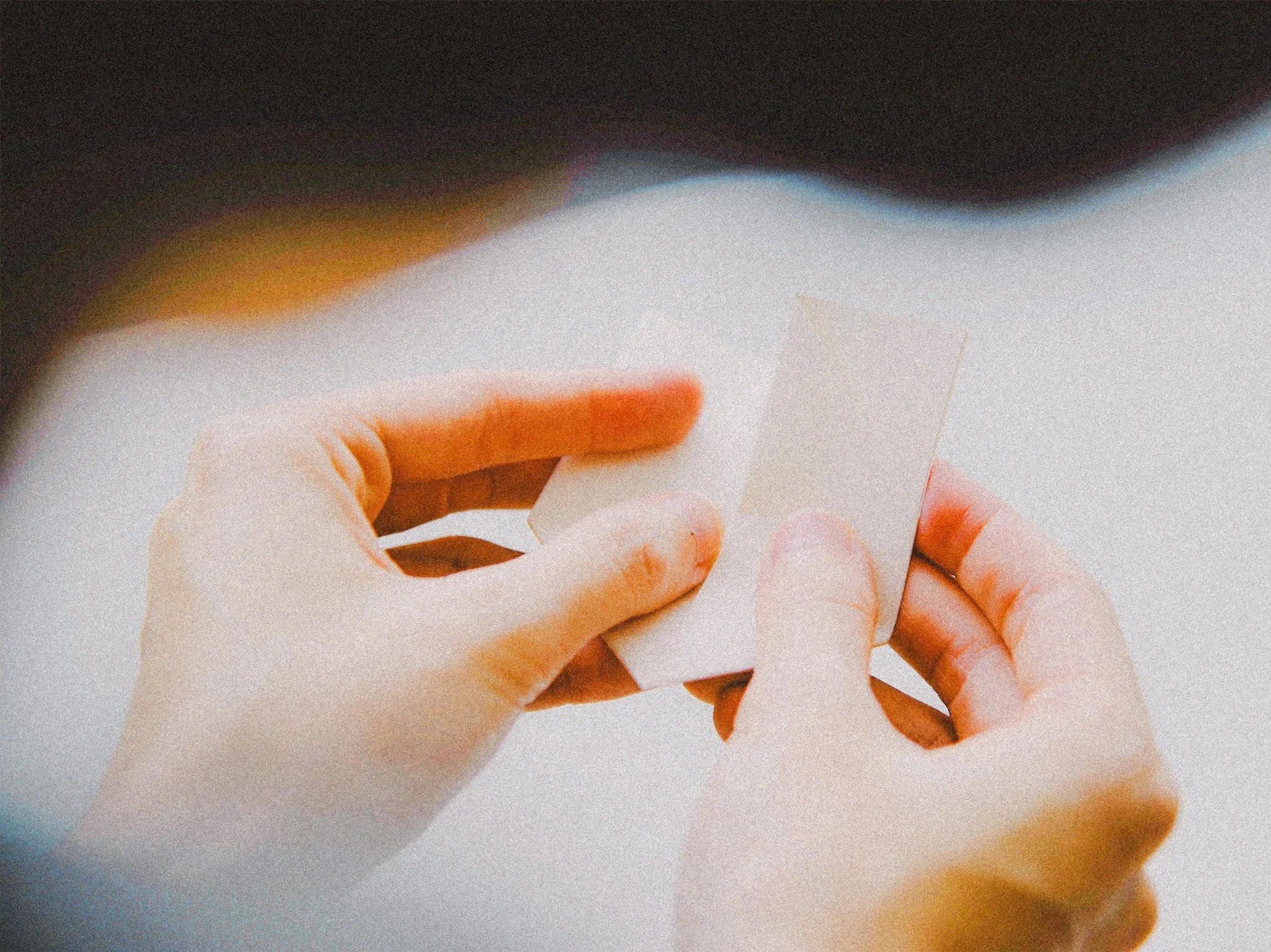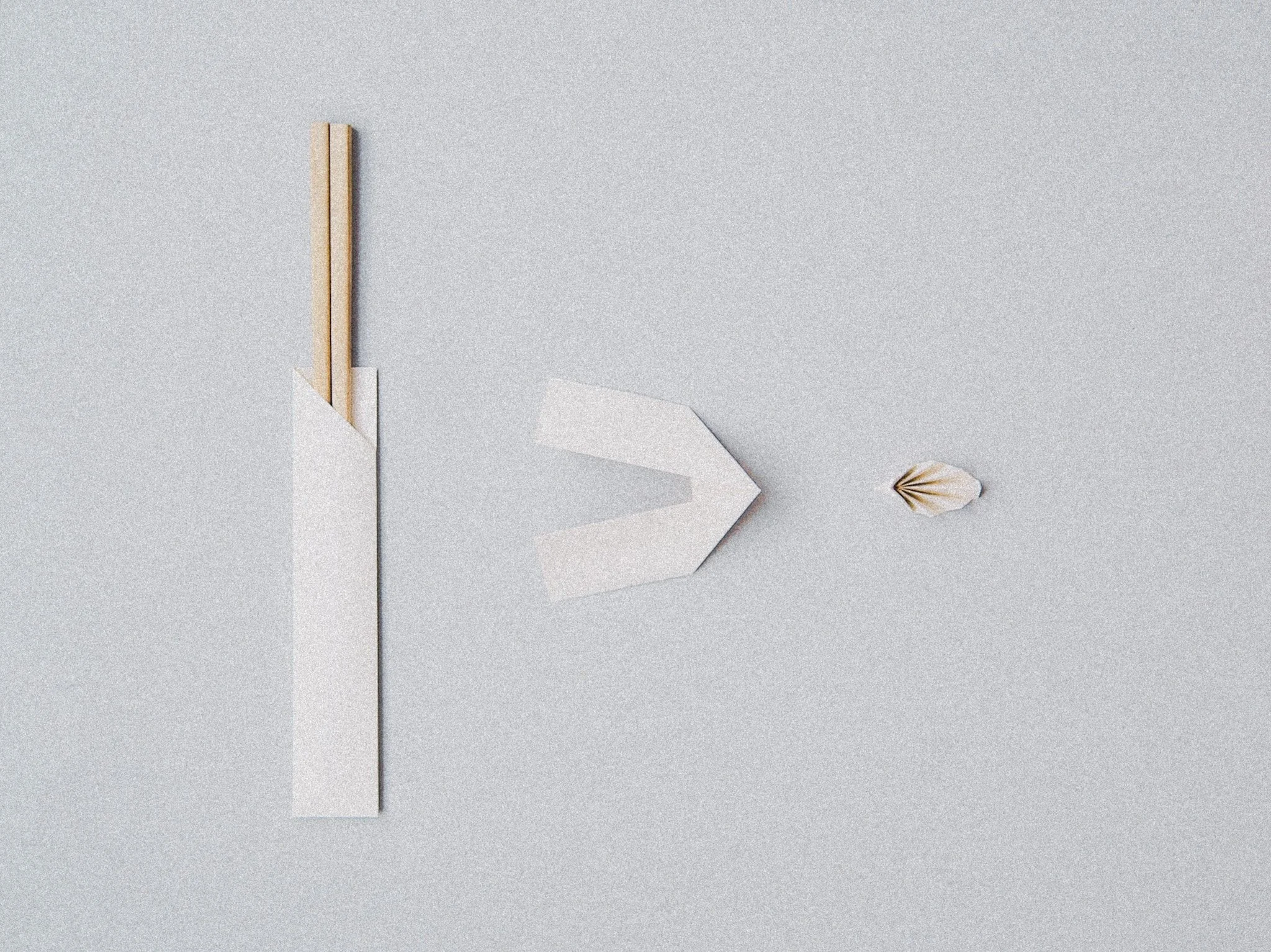The Silent Exchange
Japan is one of the countries that we frequent most for travel. Apart from possessing a deep interest in how various cultures, traditions and arts are actively preserved to the present day, we are always greatly appreciative of the generous hospitality that Japan offers. Their level of consideration for guests often goes above and beyond what you’d expect.
Though I am not entirely an introvert, I do resonate with qualities such as that of having alone time, undisturbed. At times, overwhelming hospitality can present itself as a stressful experience. However, the Japanese seem to have found the sweet spot in presenting hospitality in a silent manner that is unobtrusive, yet warm.
In Japan, a single bow made in silence could represent a gesture of appreciation or an apology, depending on the situation. Slurping of hot noodle soup loudly not only serves the functional aspect of consuming the food, but also represents one’s enjoyment of the meal. These little gestures, though unspoken, communicate a magnitude of significance. As someone who prefers not to indulge inconversation during mealtimes, slurping my noodles loudly would be my preferred way to thank the chef for the sumptuous meal. However, at times, such a form of consideration between a diner and chef could be misunderstood as unfriendly or impersonal.
I personally feel a level of joy and satisfaction in reading, guessing and learning about these little gestures. Discovering and understanding their significance can at times be much more sincere than a bout of small talk. Many of my peers who have travelled to Japan often describe the Japanese as hard to read. I concur, but have gathered that sincerity and intention is probably felt, rather than spoken.
The history and development of unspoken hospitality can be traced back to Japan’s cultural ceremonies. Let us take a closer look at the Japanese tea ceremony. Participation in tea ceremonies used to be a yardstick by which one can assess a person’s level of cultural cultivation. In a traditional Japanese tea ceremony, a tea master’s skill, knowledge and hospitality is experienced through a series of orchestrated movements. From the boiling of water, to the whisking of tea and finally to serving the guest, each movement is practised to an extent where one no longer sees the functional aspect of being served, but rather enjoys these movements and gestures as a silent play. The uninterrupted flow of moves from a tea master transforms disparate and utilitarian actions into a singular flow that is poetic and artistic. Hospitality in this case, is transformed into an artful performance.
Conversations during the ceremony are usually minimal, as it is a tea master’s aim to remove as much of themselves from the process, in order for the guest to enjoy the experience, wholeheartedly. Conversations with guests are made not through spoken words, but through actions, and through a selection of objects for the ceremony such as the tea bowl, hanging scriptures, the tea flower arrangement, and the suite of accompanying sweets. One could perhaps attend a tea ceremony and leave without a uttering a single word, yet still feel as if a personal exchange had taken place with the tea master. That is perhaps the highest form of hospitality that the tea master would have hoped to present – removing any form of blatant service by transforming the process into an enjoyable and personal experience.
These days, it is common to be seated before an open kitchen or bar in Japan, with a chef preparing and serving your meal before your eyes. A Japanese chef who understands his native culture of unspoken hospitality no longer views servicing as a chore, but a silent art form. As guests on the receiving end, there is nothing more we can ask for, being able to experience hospitality as an art form.
Living in a culture where unspoken hospitality triumphs has also inspired guests to show their gratitude simply, in their own ways. I recently came across one such example – A Japanese tip by Yuki Tatsumi. Presenting clean wooden chopsticks in paper holders is a restaurant’s way to welcome guest. In return, folding the paper holder after removing the chopsticks, is a way of showing that you appreciate the hospitality received at the restaurant. For inspiration for your next silent exchange, do check out A Japanese Tip’s amazing collection of some elaborate chopstick holder origamis folded by the guests.
TEXT AND IMAGES By Anatomy of things


